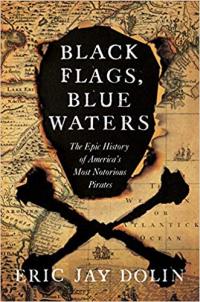 What is it about the pirates of the so-called “Golden Age” that holds our attention over the centuries? The period has been romanticized and fictionalized in books, British musicals, Hollywood movies, and cable TV shows. Where do the legend and lore end and the history begin?
What is it about the pirates of the so-called “Golden Age” that holds our attention over the centuries? The period has been romanticized and fictionalized in books, British musicals, Hollywood movies, and cable TV shows. Where do the legend and lore end and the history begin?
In Eric Jay Dolin’s latest book, Black Flags, Blue Waters – the Epic History of America’s Most Notorious Pirates, he cuts through the historical hyperbole and tells the still fascinating tale of these maritime brigands operating from the late 1600s through the early 1700s. In his account, he also shifts the focus away from strictly the Caribbean to the British North American colonies, which helps to put much of what can often seem to be merely fanciful tales into a historical context.
The “Golden Age of Piracy” was not a single period in history but rather three short and distinct outbreaks of oceanic banditry. Dolin explains the social and economic basis for each, from the buccaneers of Tortuga and Jamaica of the 17th century, to the so-called “Pirate Round” of the 1690s, to the decades following the War of the Spanish Succession in the early 18th century, from whence sprang most of the well known pirates we remember today.

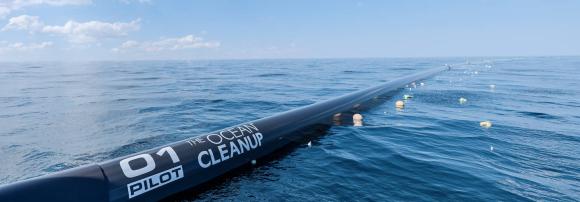 About five years ago, a 19-year-old Dutch engineering student, Boyan Slat, made a big splash, at least on the internet, when he unveiled his design of refuse collecting booms, which he claimed would
About five years ago, a 19-year-old Dutch engineering student, Boyan Slat, made a big splash, at least on the internet, when he unveiled his design of refuse collecting booms, which he claimed would 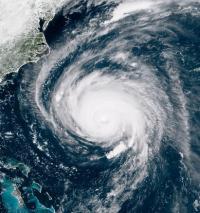 In 2010, a North Carolina state commission report predicted that sea levels on the state’s coast could rise as much as 39 inches by the year 2100, flooding billions of dollars’ worth of real estate and crippling much of the state’s economy. Instead of taking action to mitigate the damage, the
In 2010, a North Carolina state commission report predicted that sea levels on the state’s coast could rise as much as 39 inches by the year 2100, flooding billions of dollars’ worth of real estate and crippling much of the state’s economy. Instead of taking action to mitigate the damage, the  Two monster storms are bearing down on vulnerable coastlines on opposite sides of the globe. In the Atlantic,
Two monster storms are bearing down on vulnerable coastlines on opposite sides of the globe. In the Atlantic,  Two Northern Irish fishermen were fishing for pollan, a whitefish native to Ireland, in Lough Neagh. Instead, fishermen Raymond McElroy and Charlie Coyle netted the antlers and skull of a Great Elk, a species which disappeared from Ireland 10,500 to 11,000 years ago. The nearly intact skull, with its antlers still attached, measures 6 feet across. Four years ago, a lower jaw bone of a Great Elk was pulled from Lough Neagh in almost the same spot, which may suggest that it belonged to the same deer as this skull and antlers.
Two Northern Irish fishermen were fishing for pollan, a whitefish native to Ireland, in Lough Neagh. Instead, fishermen Raymond McElroy and Charlie Coyle netted the antlers and skull of a Great Elk, a species which disappeared from Ireland 10,500 to 11,000 years ago. The nearly intact skull, with its antlers still attached, measures 6 feet across. Four years ago, a lower jaw bone of a Great Elk was pulled from Lough Neagh in almost the same spot, which may suggest that it belonged to the same deer as this skull and antlers. This weekend I enjoyed watching the
This weekend I enjoyed watching the 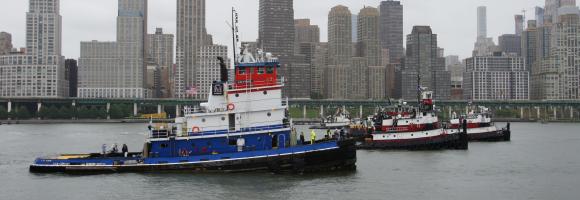

 Testing has begun
Testing has begun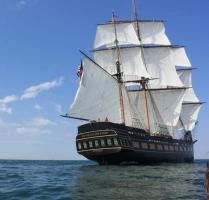 Oliver Hazard Perry Rhode Island (OHPRI), the non-profit organization behind Rhode Island’s Official Tall Ship
Oliver Hazard Perry Rhode Island (OHPRI), the non-profit organization behind Rhode Island’s Official Tall Ship 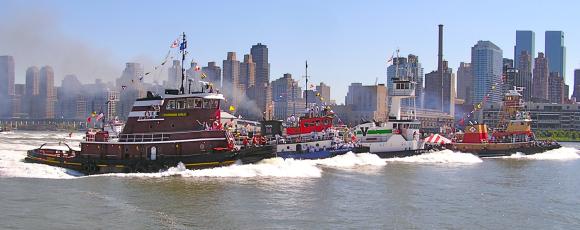
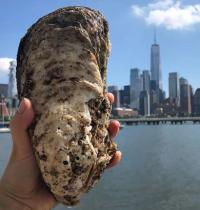
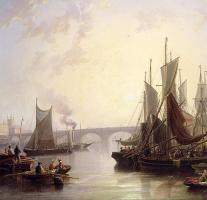 Happy Labor Day! While many nations celebrate workers on May 1st or May Day, US and Canada both celebrate workers rights in early September. It seems a good time to look at the nautical origin of the word “strike,” referring to workers withholding their labor to demand better wages or conditions.
Happy Labor Day! While many nations celebrate workers on May 1st or May Day, US and Canada both celebrate workers rights in early September. It seems a good time to look at the nautical origin of the word “strike,” referring to workers withholding their labor to demand better wages or conditions. Tomorrow, September 4th, a memorial service honoring the life of
Tomorrow, September 4th, a memorial service honoring the life of 
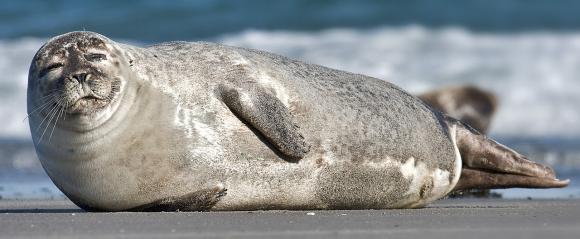 While many have been focused on the massive die-offs of fish and sea life off the South Florida coastline triggered by a combined outbreak of red tide and blue-green algae, all is not well along the New England coast either. An
While many have been focused on the massive die-offs of fish and sea life off the South Florida coastline triggered by a combined outbreak of red tide and blue-green algae, all is not well along the New England coast either. An 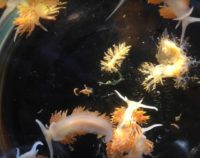
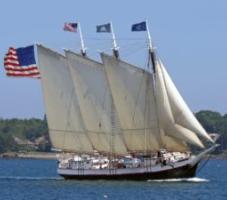 The grand matriarch of the Maine Windjammer fleet, the schooner
The grand matriarch of the Maine Windjammer fleet, the schooner